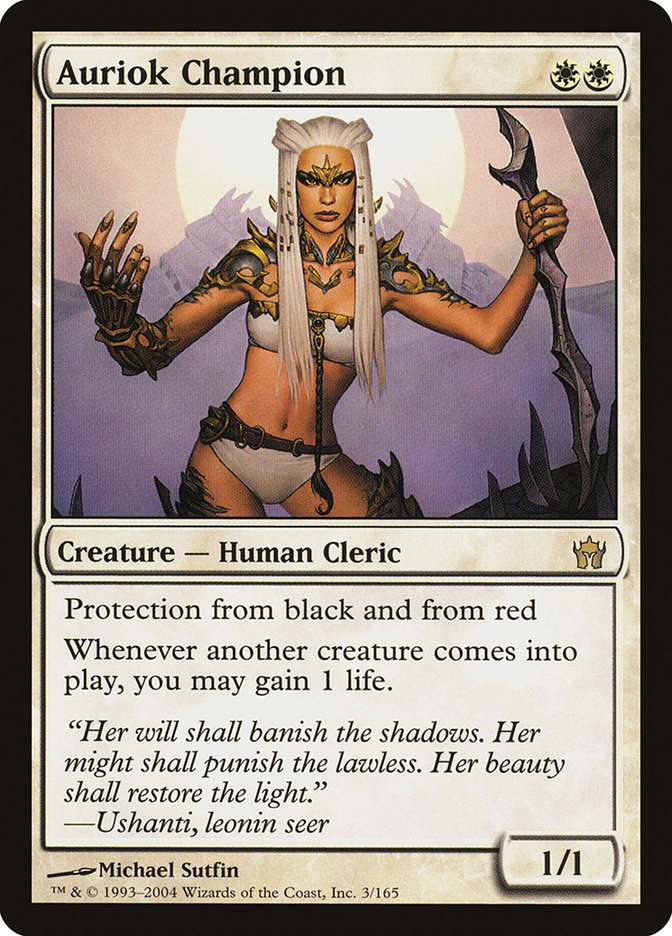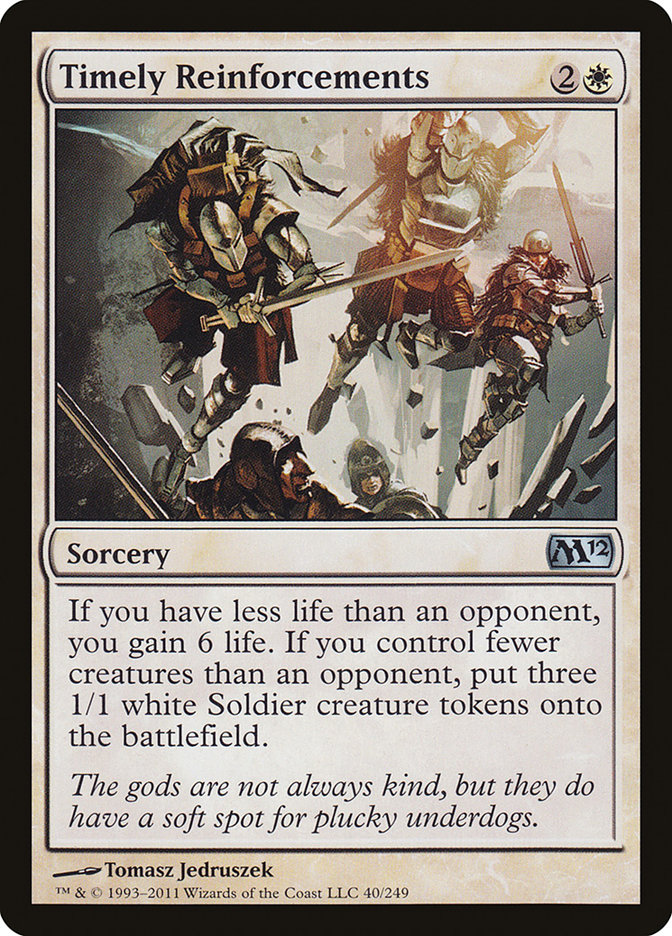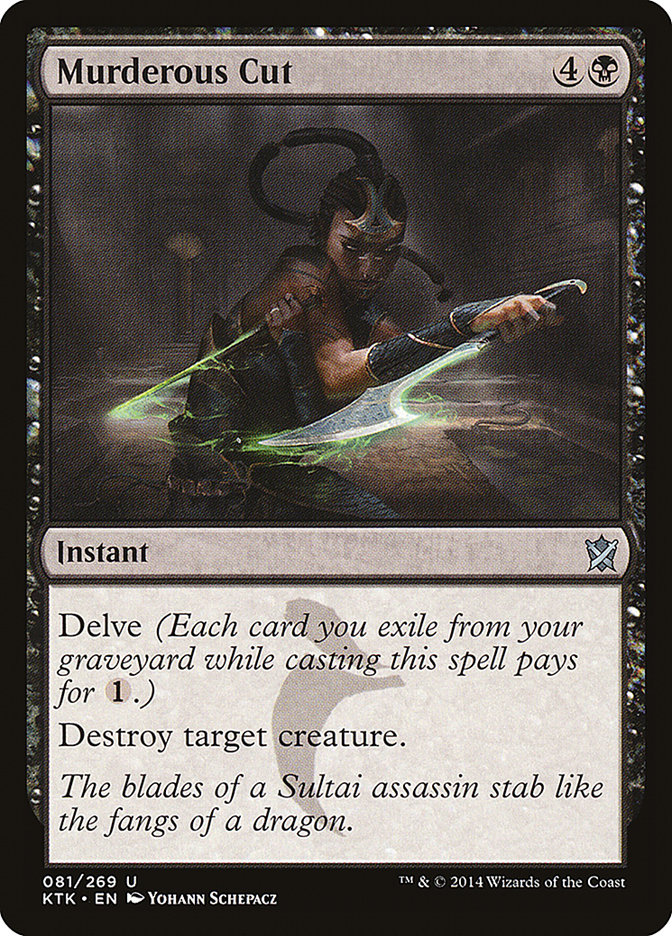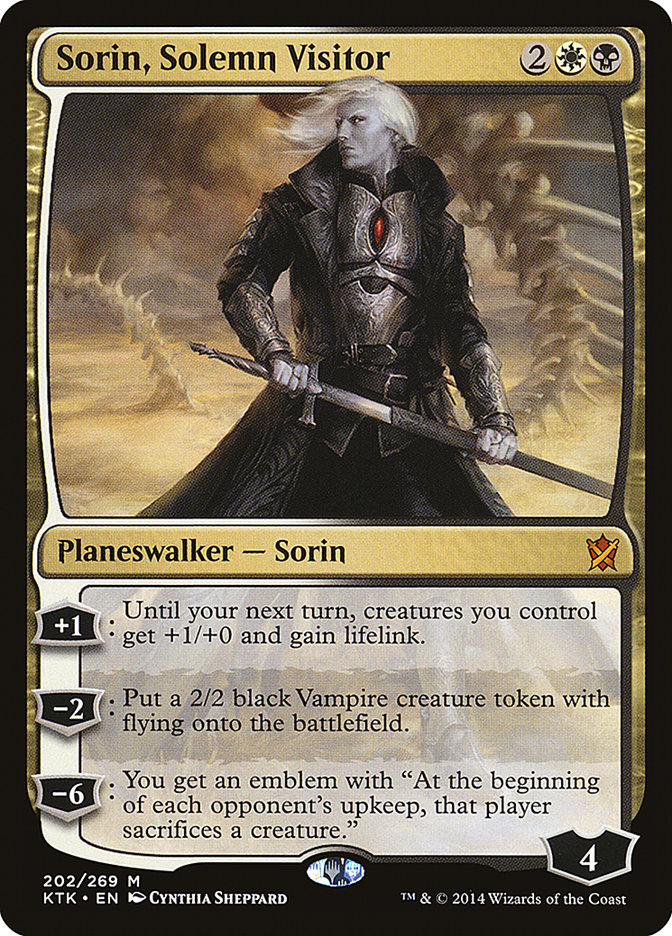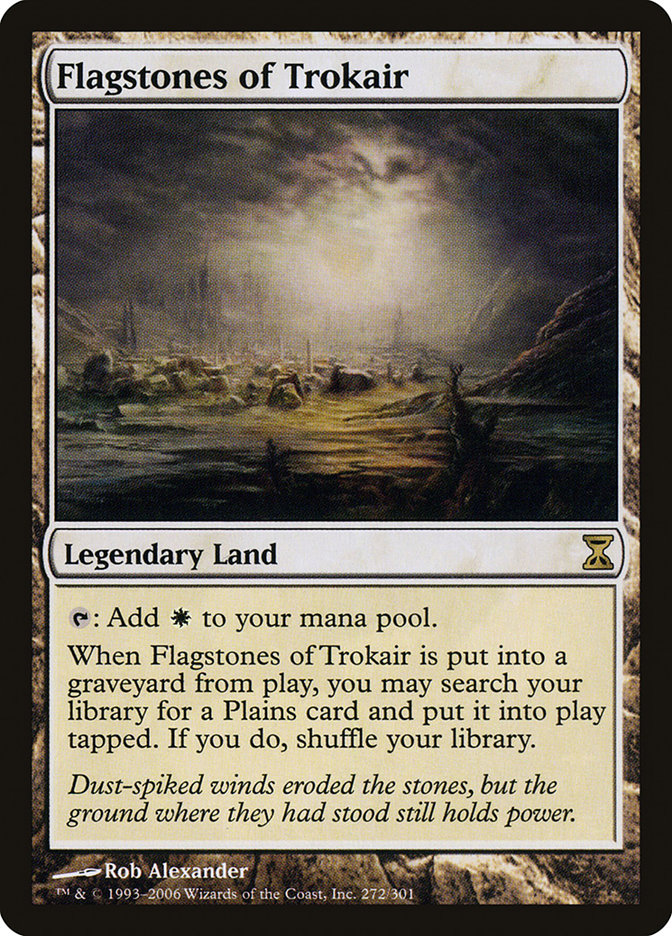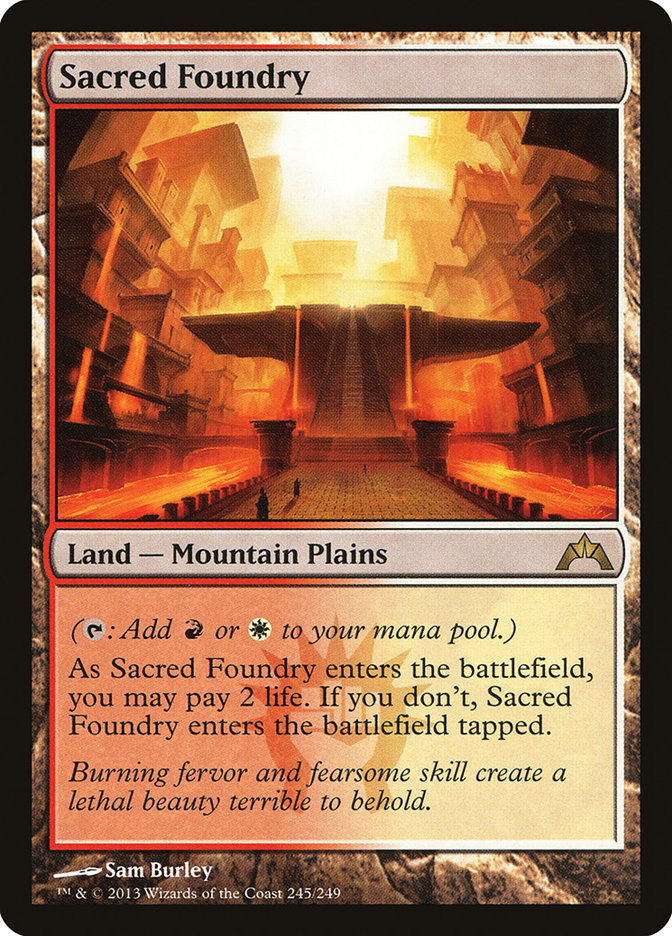Cue the music!
[CEDitor’s note: Um, what music? Who the hell are you? What are you doing here?]
Uh, I guess it has been a while, so please allow myself to reintroduce… myself. My name is Josh Cho, and I am a former Pro Tour Top 4 competitor, erstwhile rocker of the Cho-Hawk, and recovering photo-bomber. In the early days of the Open Series, I was a frequent attendee of many events along the Eastern part of the US and sometimes even saw success at them. If this resume’ doesn’t inspire confidence in my ability to pass along some information about what I’ve learned, then I have no clue what would.
Mediocre past successes aside, it really is good to be back doing what I love: playing Magic at the highest levels. I recently qualified for #PTBFZ and rekindled my desire to travel and play with the best in the game. It’s difficult to juggle a family, a full-time job, and still find time to play as often as possible, but when WotC adjusted the thresholds to achieve Silver status, it seemed as good a time as any to try and get back on the Pro Tour.
At #GPPitt, I was able to secure a 12-3 finish, good for a handful of Pro Points and a reasonable starting point to achieve my goal of getting to Silver status by the end of the season. My weapon of choice? W/B Tokens:
Creatures (3)
Planeswalkers (3)
Lands (25)
Spells (29)

What I like about W/B Tokens is the amount of interaction that you have against a majority of the popular decks in Modern. Leaning on cheap discard and removal spells allow you to survive the earlygame and then take over a game with an army of cost-effective threats. I’m also a huge fan of making opponents removal as inefficient as possible, which is the main reason that I’d prefer to avoid threats like Hero of Bladehold. Good luck extracting value with your Lightning Bolts and Terminates against Lingering Souls and Bitterblossom.
Your ideal start begins by disrupting your opponent on Turn 1 with a discard spell to clear the way for your early token makers. On turn 2, you want to either get on the battlefield with an Auriok Champion or Bitterblossom to build a battlefield presence or an Intangible Virtue to boost your Turn 3 Lingering Souls, Spectral Procession and/or Timely Reinforcements. Your lategame really begins on turn 4 with your planeswalkers: Sorin, Solemn Visitor and Gideon, Ally of Zendikar.
The overall goal of W/B Tokens is to stay alive long enough via discard to rely on your efficient threats and anthem effects to kill your opponents. You should always be trying to use your mana as efficiently as possible, which is why having a removal and discard suite that costs so little mana is crucial. Being able to advance your battlefield and also trade up on mana against their threats with either a removal or discard spell is the best way to gain an advantage.
Now, like everyone else, I think that Michael Majors is a smart, handsome, and thin gentleman, but I think that he is way off-base with his latest build of W/B Tokens. For reference:
Creatures (7)
Planeswalkers (3)
Lands (25)
Spells (25)

While Squadron Hawks and Honor of the Pure are certainly attractive, I just don’t think that you have the time and mana to spend in the earlygame to get that engine online. Intangible Virtue is so great because it lets you attack for lots of damage while still allowing your tokens to play defense.
Card Choices
W/B Tokens is broken down into three separate groups: threats, anthems, and disruption. Let’s quickly go over a few of the individual card choices here.
Auriok Champion pulls double duty against two of the more widely played strategies currently. The most obvious is in the Burn matchups, where it can come down early and block every early creature that they use to pressure your life total and gain you chunks of life for each token generator that you cast, negating the life loss from your manabase and Bitterblossom.
The second use is against Splinter Twin. An Auriok Champion prevents them from combo killing you with Deceiver Exarch + Splinter Twin, and makes them lean on going off with Pestermite, which they typically have fewer copies of. They also have very few ways of removing the Champ once it gets onto the battlefield, as they can only really bounce it with Cryptic Command. This will usually buy you the time you need to build up defenses against their combo or the time to just get them dead.
The incredibly overused and outdated, “Well that was Timely,” joke notwithstanding, Timely Reinforcements is an excellent tool to shore up your aggressive matchups. Both modes are great at prolonging the game past turns 3 and 4, the exact time that Zoo and Burn are hoping to have you dead by. It isn’t difficult to navigate the game to get the maximum value out of your Timelys early. You have only Auriok Champion and Bitterblossom as two-drop creatures, so it is very likely that you will be able to make three Soldiers. Between Thoughtseize, your fetchlands, and Godless Shrines, you can purposefully take additional damage to gain six life. Make sure that you have a plan for popping off your Reinforcements and they will treat you well.
Just great cheap removal options that allow you to play multiple spells in one turn. Slaughter Pact is particularly good at lulling an unsuspecting Splinter Twin player to pulling the trigger on the combo when you tap out.
I like the fact that both of your planeswalkers double as anthems and threats. Both are pretty hard to deal with and can take over the right matchups almost single-handedly. Be wary of making Gideon a creature against Path to Exile mana, as sometimes it’s right to just play it as a four mana anthem.
So the manabase is a little wonky in terms of numbers, but I like it exactly the way it is if you are on the Blood Moon sideboard plan. All of your fetches and Flagstones of Trokair can grab the Sacred Foundry needed to cast your Blood Moons. The numbers on your “spell lands” might seem a little strange, but I like having the extra usage while making sure your mana works how you want it. This does limit your options, making double black spells like Liliana of the Veil less attractive. However, I don’t think that you need to stretch your manabase that much, as the deck is already a very carefully constructed machine.
Blood Moon is one of your KO sideboard cards against an otherwise miserable Amulet Bloom matchup, so much so that I skewed the entire manabase to fit the Sacred Foundry in the maindeck. All of your fetchlands and Flagstones of Trokair can go get your Foundry, so being able to cast a Blood Moon on turn 3 isn’t very difficult. On the flipside, you are rather well-equipped to deal with an opposing Blood Moon. Be mindful of fetching basics against opponents who have the ability to Moon you. The interaction between Ghost Quarter and Flagstones of Trokair is also important to overcome them trying to lock you out of the game. Be very wary of tapping out with a Ghost Quarter if you have the suspicion they are about to drop one on you.
Sideboarding
Here are a few brief descriptions of how I would sideboard against a few of the popular matchups. I do think that they are a pretty good start, but with the amount of variety in the format, I’d warn against using this as a hard and fast guide. As simple as it sounds, I just try to take out cards that are bad for cards that are good. Keep in mind that after sideboard, while you have several back-breaking cards in certain matchups, your opponents will also be doing their level best to disrupt your gameplan as well. Some of the more popular hate cards that you’ll have to overcome include Izzet Staticaster, Illness in the Ranks, Pyroclasm, and Engineered Explosives. Because the most popular way to combat your tokens is to deal small amounts of damage to your entire team, I am always hesitant to remove any of my anthem effects like Intangible Virtue or Gideon, Ally of Zendikar
Out:
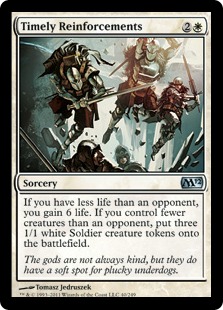


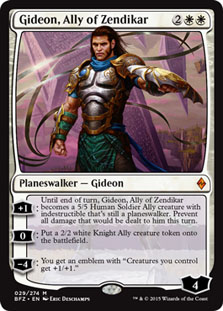
In:


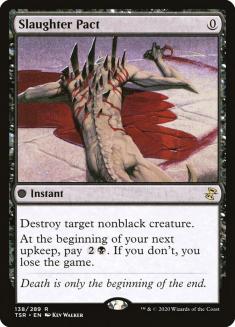
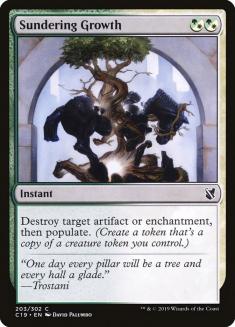
This is a favorable matchup. Try to keep them off balance and present a reasonable clock and you should come out ahead.
VS Burn
Out:


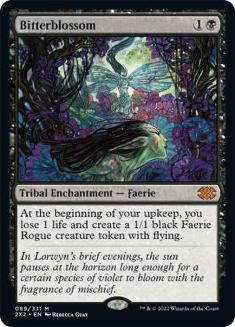

In:




I absolutely hate losing against the various burn strategies. A strong matchup against Burn was one of the biggest draws to this current iteration of W/B Tokens. You are already kind of pre-sideboarded against them due to cards like Timely Reinforcements and Auriok Champion. Be wary of walking into Skullcrack or Atarka’s Command with your lifegain spells, but that’s where your discard comes into play.
VS Amulet Bloom
Out:
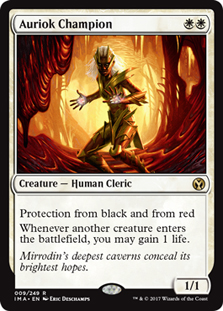





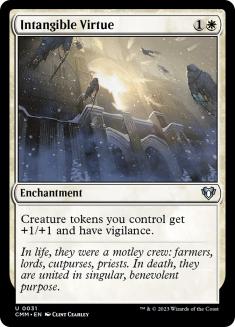
In:
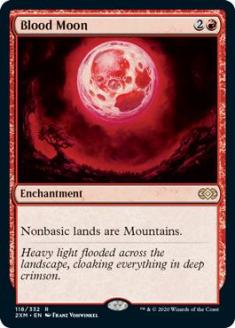






You really just want to get them with Blood Moon. You should be able to disrupt them with discard to help prevent them from going off on turn 2.
VS G/R Tron
Out:




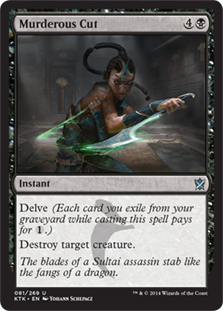
In:
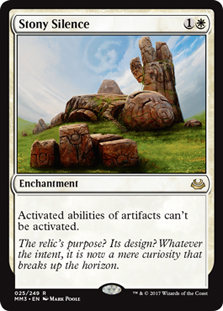




One of the things that I learned over the weekend was how abysmal the G/R Tron matchup really is. You’d think that with Blood Moons, Stony Silence, and discard that you’d be well-equipped against the deck, but far more often you’ll find that you’ll be able to drop a Moon on them, then they just get up to seven or eight mana and go over the top with a Karn Liberated or Ugin, the Spirit Dragon and just wreck your plans. It’s gotten to the point where I’d almost recommend not sideboarding in Blood Moons and just try and keep them off balance with Ghost Quarters (most lists usually have exactly one Forest) and Stony Silences, and just try and kill them as quickly as possible. You can’t really afford to over-sideboard for this matchup, especially with something that isn’t guaranteed to be increasing your win percentage.
While I personally think that G/R Tron is a terrible deck, it still sees quite a bit of play. If your local metagame involves a lot of G/R Tron, I’d look into finding other ways to combat them. Crumble to Dust is an interesting option, as it locks them off Tron permanently and also actually kills a land to slow them down.
VS Affinity
Out:







In:


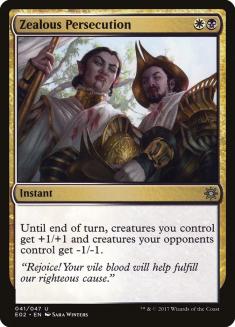




One of the main ways that you lose to Affinity is when they just unload their hand on turns 1 and 2. A general rule of thumb is to mulligan a hand that doesn’t have a turn 1 discard or removal spell. Their creatures are generally fairly anemic; their biggest threat, other them overrunning you, is Etched Champion with a Cranial Plating to go along with it. Just try and stay alive in the early turns, pick off their major threats, then switch gears once the battlefield is stable.
VS Grixis Delver
Out:




In:




Rest in Peace is a great tool against delve strategies. It will negate the effectiveness of Snapcaster Mage and strand Tasigur and Gurmag Angler in your opponents’ hands. Auriok Champion does a great job of holding down the fort if they are able to land a large delve creature. Overall, this is a reasonable matchup if you don’t walk into their countermagic.
These are just a few of the decks that you can expect to encounter throughout a Modern event. You are well-suited against a large portion of it, but always expect to face a few oddball decks from time to time. There isn’t really a great substitute for playing a lot, but hopefully this will be a good primer if you are looking to dive into the format.
If you feel like I’ve overlooked something, or if you have any specific questions, please let me know, as I’m always looking to improve as a player, so they are very welcome! I’m glad to be getting back into the competitive Magic scene after a brief hiatus and, at least for now, W/B Tokens is my weapon of choice in Modern.
What’s yours?

